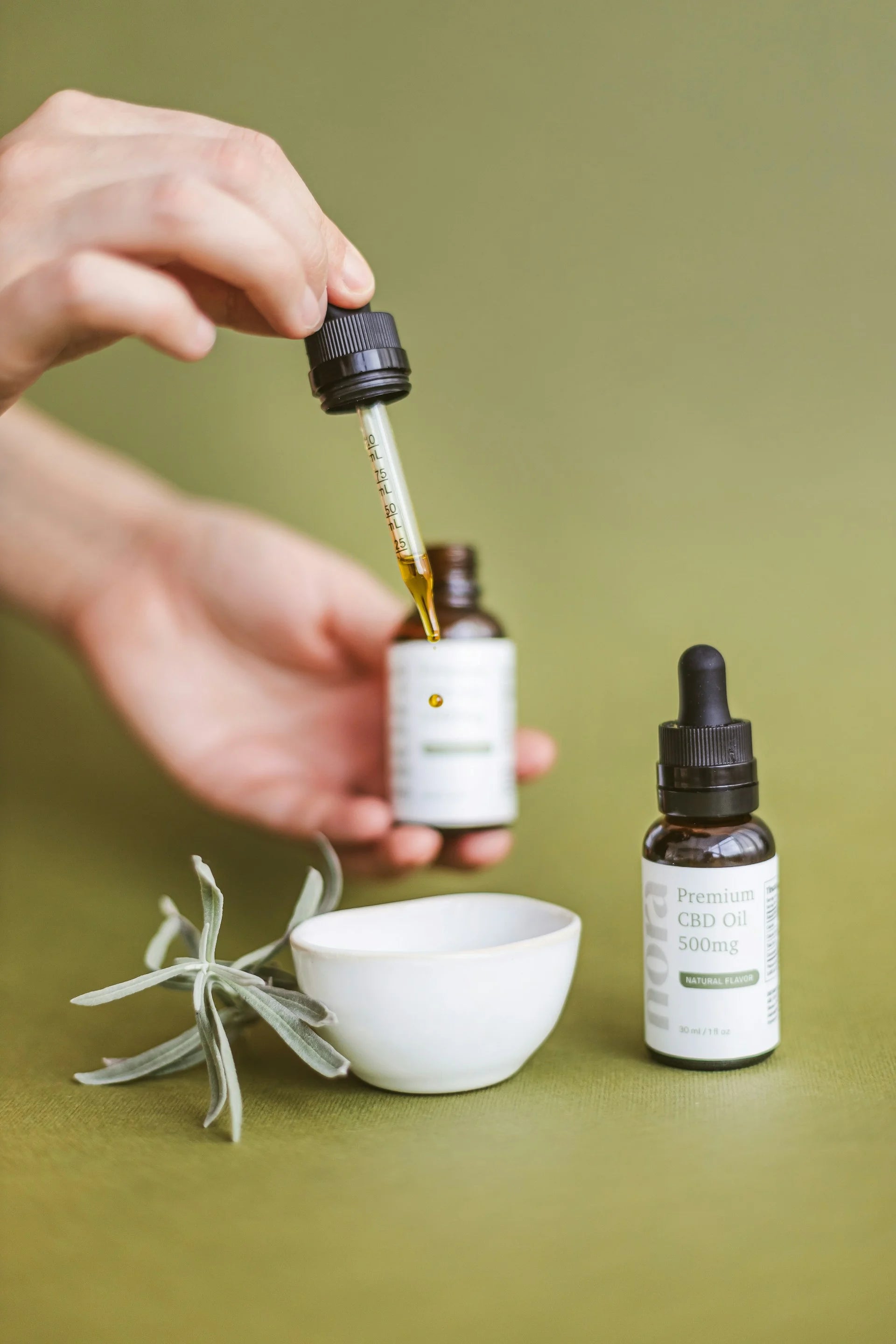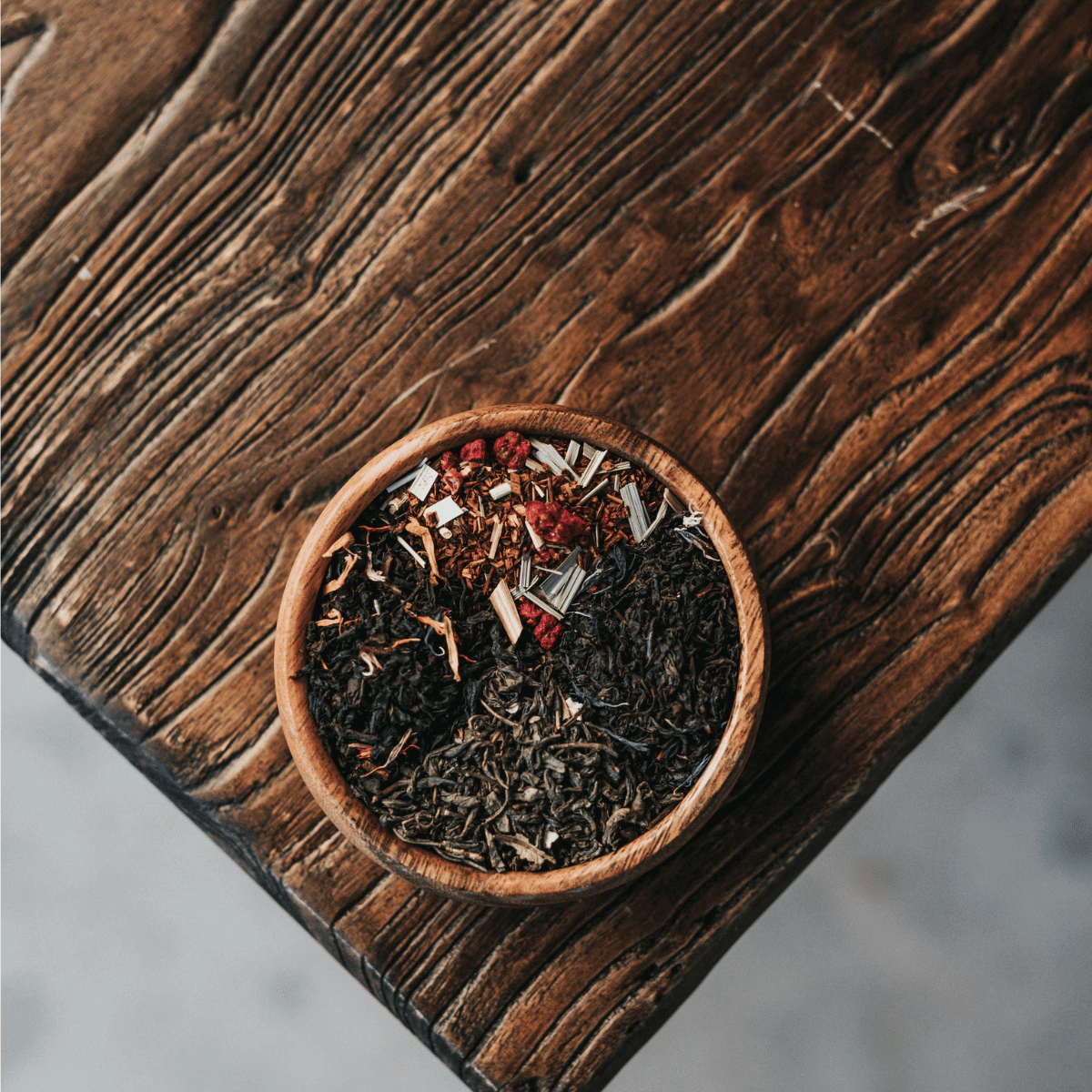Coltsfoot has been used as a herbal supplement or as a medicinal plant in both traditional Chinese medicine (TCM) and Western herbalism, primarily to alleviate sore throats and chronic (long-term) cough (such as from emphysema).
Coltsfoot is the common name of the plant, but she is also known as Filius ante patrem, Kuandong Hua, and Folia farfara. Tussilago farfara is a Latin name formed from the words "tuss," which means cough, and "lago," which means to dispel, which explains the term "antitussive."
Coltsfoot grows across central Europe, Asia, and portions of Africa on calcareous and loamy soils. This low-maintenance herbaceous plant grows to 10 to 30 cm. Soft hairs cover the undersides of its big leaves and it has a subtle honey-like scent in its yellow flowers.
Hard, crunchy rock formed from the Coltsfoot plant, with delectable aniseed and licorice flavour. Although it has an acquired taste, we are convinced that if you enjoy licorice and aniseed sweets, you will enjoy this.
What Is the purpose of smoking Coltsfoot?
Coltsfoot is frequently confused with dandelion. The principal portions of the plant utilized for medicinal reasons are the flowers and leaves, with the roots being avoided. Coltsfoot earned one of its names, Filius ante patrem, which means "the son before the father," since the blossoms die before the leaves grow. Coltsfoot came about because the leaves resemble a horse's foot. Cough syrup recipes call for a small amount of tincture produced from dried coltsfoot leaves and blossoms.
Coltsfoot has traditionally been used for:
- A powerful anti-oxidant (to strengthen the immune system)
- Antitussive medication (for chronic cough)
- An antibacterial substance (to kill bacteria)
- Anti-inflammatory medicines (to lower inflammation)
Is it safe to smoke Coltsfoot?
Coltsfoot is a plant that is believed to be extremely dangerous. Hepatotoxic pyrrolizidine alkaloids (PAs) are compounds present in them that can harm the liver or increase the risk of cancer. The level of PAs in dietary health supplements sold in the U.S. is not required to be disclosed. If the box does not state that the item is hepatotoxic PA-free, you can infer it contains hepatotoxic PAs. Coltsfoot items that are not verified and marked as hepatotoxic PA-free should be avoided.
Are there any benefits of smoking coltsfoot?
Coltsfoot is high in a substance containing mucilage, according to scientific studies. This material coats the throat and successfully relieves respiratory irritation. This herb is effective against asthma, itchy throat, wheezing, coughing, and laryngitis. Furthermore, scientific data does not support the safe and effective usage of coltsfoot tea or that the plant treats skin disorders.
Antiquity's finest herbalists, such as Dioscorides and Pliny, recommended smoking the herb to help with throat problems.
Smoking Coltsfoot is an excellent alternative to smoking tobacco, even though it is unlikely to improve the throat heals. Coltsfoot was also used as a treating skin ointment in other cases. Coltsfoot was traditionally applied to the skin as a poultice to cure skin issues like irritation, dermatitis, and stinging.
You might also find coltsfoot in herbal smoking blends, like other herbs such as mugwort, lemon balm or even damiana. Mullein is also an excellent base for smoking mixtures as it is such a light, smooth smoke. However, we do need to reiterate our disclaimer for the billionth time and really drive home the point that smoking herbs of any kind carry inherent health risks, such as long-term lung damage. So if you must absolutely smoke herb leaves, or even smoke flower petals, always do your research and do so in moderation.
Coltsfoot in medicine
Coltsfoot is frequently used as a natural cure for inflammatory diseases such as asthma and gout, an osteoarthritis form that causes swelling and achy joints. Several studies suggest that Coltsfoot may have anti-inflammatory properties, despite the absence of knowledge on these medical disorders. Coltsfoot may be beneficial to brain health. However, we would need more information from the Food and Drug Administration (FDA) to be able to confirm any benefits of this plant.
It has the potential to help with chronic bronchitis. Coltsfoot is often used as a natural remedy for respiratory problems such as bronchitis, asthma, and whooping cough in traditional medicine.

What are the side effects of smoking coltsfoot?
The most common side effect of using Coltsfoot is liver damage. The drug can cause carcinogenesis or the production of cancer cells. Coltsfoot can also cause mutagenicity. Sun sensitivity makes you more vulnerable to sunburn and skin damage. Hives, skin rash, swelling, wheezing, shortness of breath, or more serious signs and symptoms such as vomiting and diarrhea, severe breathing difficulty, weak pulse, convulsions, or loss of consciousness can appear after consuming the herb.

Photo by cottonbro from Pexels
Coltsfoot is not considered completely safe for everyone. However, it should be taken with great caution in certain individuals. Always consult your doctor before trying a new medication or inhaling something new, as you can experience many unknown side effects. Here are some of them:
- Coltsfoot has been linked to birth abnormalities and liver disease in pregnant women.
- Coltsfoot may aggravate liver disease in people who already have it.
- Allergy sufferers who are allergic to milkweed, chrysanthemums, marigolds, daisies, or other related plants
- High-blood-pressure sufferers
- Those that suffer from heart illness
- Bleeding disorders patients
Coltsfoot usage has been linked to hepatic venous-occlusive disease. The presence of pyrrolizidine chemicals in Coltsfoot is the cause of this illness. As a result, it is recommended that liver sufferers avoid it. It should also be avoided by pregnant women and moms who are breastfeeding.
About smoking coltsfoot, be wary of anyone who tries to tell you that it has benefits for your health. As you might already know, smoking anything is bad for you, but people on the internet will always try to sell you herbal smoking blends that will be good for your health. It is not true, so be careful.
Coltsfoot with other drugs/medication
Coltsfoot is commonly smoked in combination with other medicines to cure coughs and chest issues. Coltsfoot flowers, leaves, and even budding can be used to smoke.
This item can also be used to make a specific decongestive syrup. Ingredients such as honey, marshmallow root, ginger, balsam shoot, ground ivy, and water make this syrup. The use of this syrup aids in the improvement of lung health.
Conclusion - Can I Smoke Coltsfoot?
Coltsfoot is a herb that has long been used to treat respiratory symptoms, gout, flu, colds, and fever.

Photo by Umair Sulaiman from Pexels
Reduced inflammation, brain damage, and coughing are just a few health advantages. It does, however, contain several chemicals that might cause major harm, including liver damage and cancer.
When smoked, Coltsfoot is reported to have a neutral/light flavour and help calm the throat and respiratory tract. On the other hand, smoking coltsfoot can cause a dry cough, especially when used in large concentrations in smoking blends.
The coltsfoot blossoms and stalks are both tasty. Because the plant thrives in moist, warm environments, it is commonly found in the wasteland, swampy areas, woodland borders, rough terrain, construction sites, and other similar locations. The entire plant can be used, including the coltsfoot leaves, roots, and bloom. Rhizomes and seeds are used to spread this plant.
*This article is not to be interpreted as a statement of any form by Spliff but merely a compendium of information compiled from other sources. These statements have not been evaluated by Health Canada, FDA or any other regulatory body. Consult your doctor before ingesting or smoking any herbal product.*
WANNA LEARN MORE ABOUT COLTSFOOT? BROWSE OUR SOURCES BELOW!
Coltsfoot Leaves (Tussilago farfara L.) – A Promising Source of Essential Amino Acids. (2020). Systematic Reviews in Pharmacy, 11(06). https://doi.org/10.31838/srp.2020.6.34
巌広野, 勝清水, 勝正伏見, 秀樹森, & 一夫加藤. (1973). CARCINOGENIC ACTIVITY OF PETASITES JAPONICUS MAXIM., A KIND OF COLTSFOOT. GANN Japanese Journal of Cancer Research, 64(5), 527-528_2. https://doi.org/10.20772/cancersci1959.64.5_527
巌広野, 秀樹森, & Culvenor, C. C. J. (1976). CARCINOGENIC ACTIVITY OF COLTSFOOT, TUSSILAGO FARFARA L. GANN Japanese Journal of Cancer Research, 67(1), 125–129. https://doi.org/10.20772/cancersci1959.67.1_125
Antioxidants and carbohydrate content in infusions and microwave extracts from eight medicinal plants. Journal of Applied Pharmaceutical Science Vol. 7 (10), pp. 055-061, 2017
Tussilago farfara (L.), coughwort, feuilles de tussilage, horse-hoof, huflattichblatter, kuandong hua (Anonymous, 1996), Petasites japonicus Maxim (“fuki-no-toh”) (Hirono et al., 1973)
Ghosh, J., Midday, M., & Maity, D. (2017). TUSSILAGO FARFARA L A PROMISING ETHNOMEDICINAL PLANT OF SIKKIM. Exploratory Animal and Medical Research, 7. https://www.animalmedicalresearch.org/Vol.7_Issue-1_June_2017/Jayanta%20Ghosh.pdf







Leave a comment
All comments are moderated before being published.
This site is protected by reCAPTCHA and the Google Privacy Policy and Terms of Service apply.